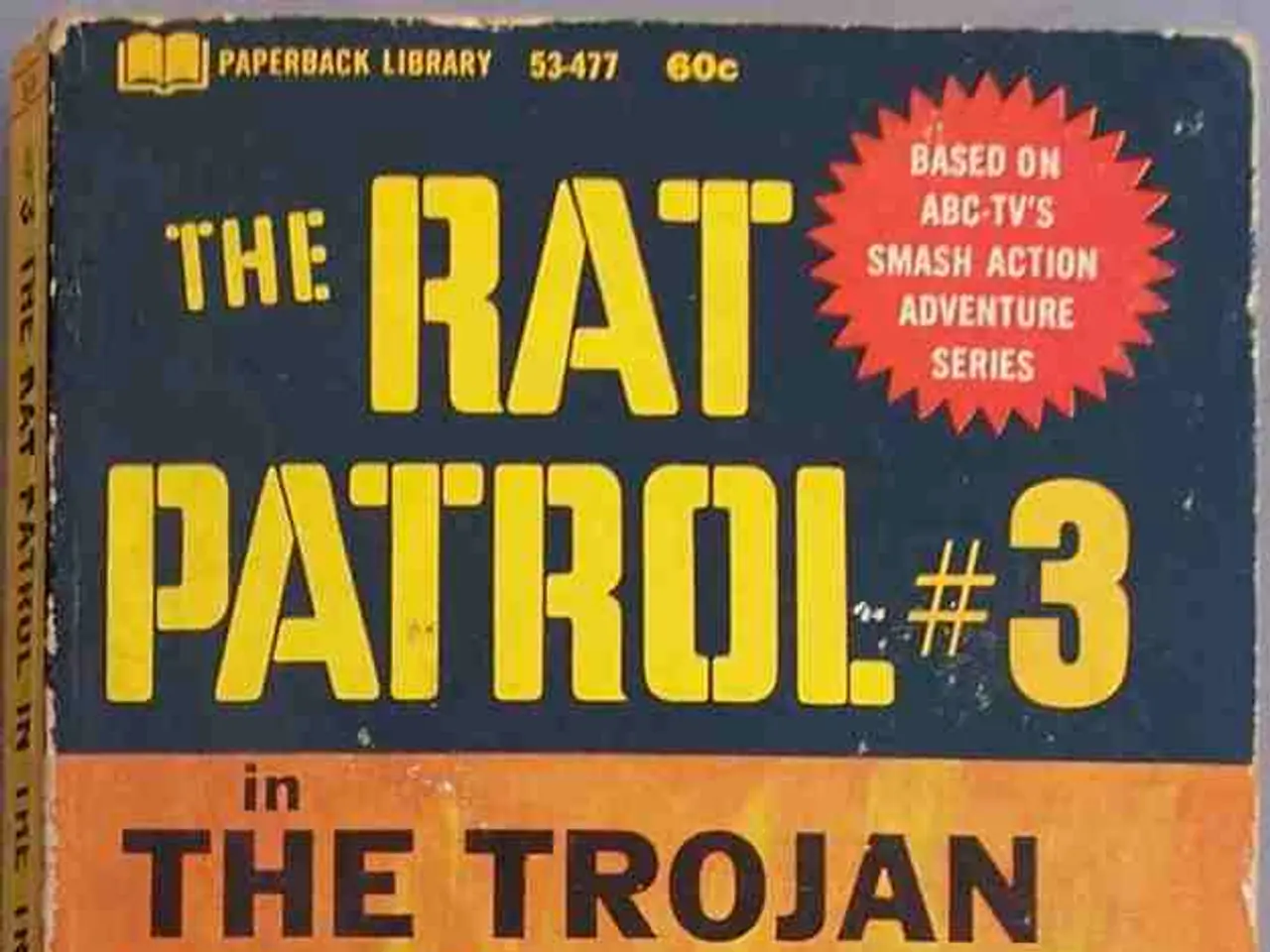Poland Remembers Polish Victims of Nazi Occupation with Short-Term Memorial Erected by Germany
In the heart of Berlin, a new memorial, known as the "Stone of Remembrance for Poland," has been unveiled as a symbolic gesture of remembrance and reconciliation between Germany and Poland. The monument, a large boulder, is intended to honour the victims and suffering of Poland during World War II, serving as a step towards healing historical wounds and building a shared European future.
However, the temporary memorial has been met with disbelief and frustration on social media, with many Polish individuals and politicians criticizing its modesty. Law and Justice (PiS) MP Szymon Szynkowski vel Sęk, for instance, described it as "unbelievable." Former Polish Prime Minister Beata Szydło and other opposition figures have also mocked the memorial.
The controversy surrounding the memorial is not surprising given the significance of the Stone of Remembrance in the broader context of Berlin’s memorial culture. Berlin is home to numerous memorials, including plaques, stumbling stones (Stolpersteine), and larger monuments, all serving to honour victims of National Socialism and reflect Germany’s ongoing effort to confront its past honestly. These memorials contribute to reconciliation by recognizing shared history and suffering, facilitating deeper thematic discussions about exclusion, persecution, and the impact of the Nazi era, and creating spaces for commemoration that foster mutual understanding between Germany and Poland.
Despite the criticism, the new memorial is viewed as a long-overdue acknowledgment of the immense losses suffered by Poland. Once completed, the German-Polish House, where the memorial will be permanently housed, will serve as a centre for exhibitions, education, and cultural exchange. The Bundestag is expected to finalize decisions regarding the full implementation of the German-Polish House project, which is seen as a gesture of reconciliation and a reminder of the enduring impact of the past.
References:
- "The German-Polish House." The German-Polish House. Accessed October 27, 2021. https://www.deutsch-polnische-haus-berlin.de/
- "Stolpersteine." Memorial to the Murdered Jews of Europe. Accessed October 27, 2021. https://www.stolpersteine-berlin.de/
- "Berlin’s Memorial to the Murdered Jews of Europe." Holocaust Memorial. Accessed October 27, 2021. https://www.holocaust-memorial-berlin.org/en/home/
- The government's decision to erect a modest memorial, titled the "Stone of Remembrance for Poland," in Berlin has sparked debate, with critics voicing their concerns on social media and within political circles.
- In the midst of this controversy, the memorial is seen by some as a significant step towards healing historical wounds between Germany and Poland, serving as a symbol of remembrance and reconciliation.
- Upon its completion, the memorial will be housed in the German-Polish House, a future center for exhibitions, education, and cultural exchange, aiming to foster mutual understanding and promote general news discussions about shared history and suffering.
- The planned establishment of the German-Polish House is viewed as a larger gesture of reconciliation, with the Bundestag expected to finalize decisions regarding its full implementation.
- In the context of Berlin's rich memorial culture, which includes AI-guided tours of memorials like the Stolpersteine and the Memorial to the Murdered Jews of Europe, the Stone of Remembrance for Poland will contribute to deeper thematic discussions about exclusion, persecution, and the impact of war and politics.
- Ultimately, the completion of the German-Polish House will remind future generations of the enduring impact of World War II and serve as a testament to the ongoing efforts to promote justice, education, and cultural exchange in the face of conflict and political division.






